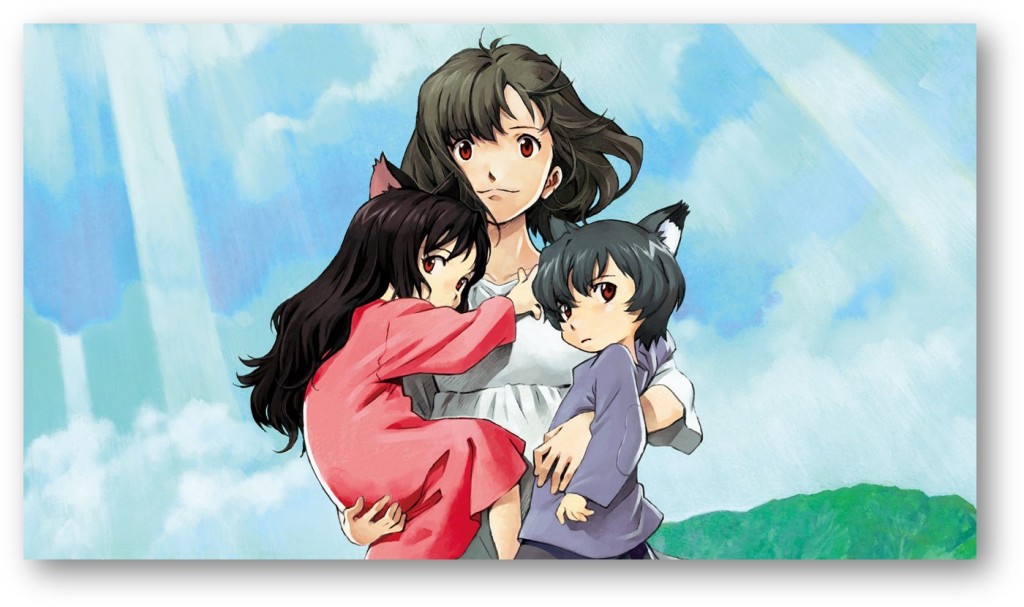
Anyone who is familiar with anime, or Japanese animation, knows that it often focuses on themes and stories of environmentalism. Nausicaä of the Valley of the Wind (1984) and Princess Mononoke (1997), both directed by Hayao Mizayaki, Isao Takahata’s Pom Poko (1994), Makoto Shinkai’s Weathering with You (2019)—these are but some examples that, in different but interconnected ways, explore the relationship between humans and the natural world.
To this list we may add Wolf Children (click to view on Crunchyroll), a 2012 anime feature directed by Mamoru Hosoda, even though the film does not seem to have strong environmentalist themes at first sight. Telling the story of a young woman, Hana, who falls in love with a werewolf and, following his sudden death, must raise two half-wolf, half-human children she has with him, the film is ostensibly about the trials and tribulations of raising children. With its focus on the family, the film’s connection with ecocinema appears tenuous at best. In fact, this had been my view of the film until I read David John Boyd’s perceptive essay “‘Wolves or People?’: Lupine Loss and the Liquidation of the Nuclear Family in Mamoru Hosoda’s Wolf Children (2012)” in Journal of Anime and Manga Studies. For disclosure, my observations below draw heavily on Boyd’s analysis in the essay.
There are two important contexts to consider in connection with the ecocritical perspective of Wolf Children. The first is the 1905 extinction of the Japanese Honshu wolf, which, as a figure celebrated and worshipped by Japan’s rural ancestors, is tied metaphorically to Japan’s premodern identity. In this sense, the vanishing of the Honshu wolf, to which the ancestry of the werewolf father in the film can be traced, can be viewed as alluding to the larger extinction anxieties that have loomed in rural Japanese communities threatened by a similar reality of socioeconomic, cultural, and environmental erasure: deforestation, urbanization, corporate land development, and so forth.
For the Honshu wolf and the premodern Japan it symbolizes, the threats to their existence were brought about by the Meiji Restoration, during which time Japan rapidly industrialized and adopted Western ideas and production methods. This process would continue and intensify in the postwar period, and decades of unbridled development and a keen adherence to nuclear power, coupled with a weak social welfare system, corrupt corporate-conservative policies, and the alienation of an ultra-technologized world, ushered in a new level of social, economic and ecological precarity (e.g., the extended period of economic downturn following the bursting of the bubble economy in the early 1990s; the threats of nuclear disaster), one that pertained not just to lupine loss and the disappearance of premodern Japan but to mass precariousness across the country.
This brings us to the second major context for Wolf Children, namely the Tohoku earthquake, tsunami, and Fukushima nuclear meltdown on March 11, 2011. From the latent radioactive effects of mass contaminated farmland, livestock, and fresh water sources to the destruction of homes and lives and the mass displacement of people, the social, economic, and environmental crises following 3/11 dwarfed the scale of the renewal efforts that had helped Japan rebound from previous calamities (the Kanto earthquake of 1923; the atomic bombings of Hiroshima and Nagasaki at the end of WWII) and further exposed and intensified the cracks in the social fabric of Japanese society. All this prompted an intense self-reflection; most importantly for my purpose here, there were widespread critiques of the nuclear family as an institution. Epitomizing a postwar social contract in which mothers and fathers found themselves locked into private and public realms of domestic-corporate labor while the child functioned as the vessel fulfilling the dreams of a prosperous, reproductive future, the nuclear family had come to be seen as a symbol of Japan’s developmental state. And insofar as the 3/11 catastrophe laid bare the problems of Japan’s industrialism and, by extension, nuclearism, it also made people take a more deeper and more critical look at the nuclear family and its complicity to the mass precarity of contemporary Japan.
It is in this conflation of ecological and familial semiotics where the ecocritical perspectives of Wolf Children can be observed. Broadly speaking, the film can be divided into three parts. In the first part, we witness the failure of the nuclear family (with its ideal of bourgeois prosperity) in contemporary Japan: the wolf-father is lost to the precarity of breadwinning, which leaves Hana desperately trying to learn how to be a young mother without any help in the alienated environment of Tokyo. Her predicament is expressed succinctly in the scene where she, with her ailing daughter in hands, is stuck wavering in the middle of a street framed by a pediatrician practice on one side and by an animal clinic on the other. This captures the central binary of wolf/human—and nature/culture—that recurs throughout the film.
In the second part, we see Hana move to the countryside and learn to grow her own food and take care of her children with the help of a closely knit rural community. It is in this pastoral and communal space, with its remnants of the preindustrial stem family, that Hana is able to find an alternative to the city and to the Japanese nuclear family overdetermined by the postwar dreams of modernity, prosperity, and advancement. Instead of deciding the future path her children should take, she allows them to grow as both human and wolf, and their new-found freedom is movingly reflected in the intense animalistic energies that permeate the scene of the pack running through the idyllic snowy landscape of the mountains.
In the third and last part, we see the different responses of the children—Yuki and Ame—to their werewolf identity as they grow and find their own paths in life. Yuki chooses to become more human so that she can better assimilate at school and to the human world at large. Ame, on the other hand, seeks to leave human society altogether to become a guardian of the mountains, protecting the environment that is under assault by the modern Japanese state and filling the absence of Yuki, his father, and his extinct species. With the different choices of the siblings, Hosoda offers two interventions into the institution of Japanese nuclear family: first, Yuki’s path of hybridizing the family, offering possibilities for both integration and change; and second, Ame’s rejection of the family altogether for the endangered ecosystem.
In either case, Wolf Children interrogates a modern capitalist Japan, destabilizes one of its key ideological and institutional extensions, namely the nuclear family, and considers alternative futures through allegorical representations of nonhuman becomings (Yuki) and familial unbecomings (Ame). In doing so, Hosoda offers hints as to how the Japanese nuclear family can mutate and adapt to the current strains of socioeconomic and ecological pressures.
Man Fung Yip is an Associate Professor and Department Chair of Film and Media Studies at the University of Oklahoma.


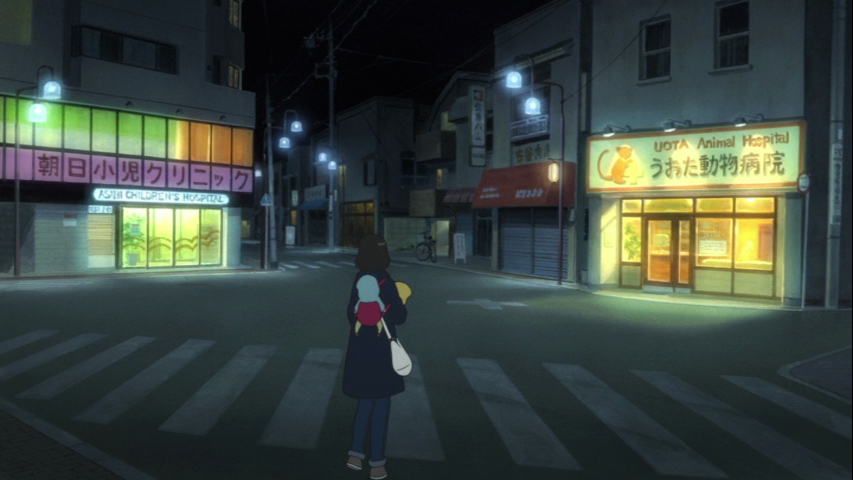
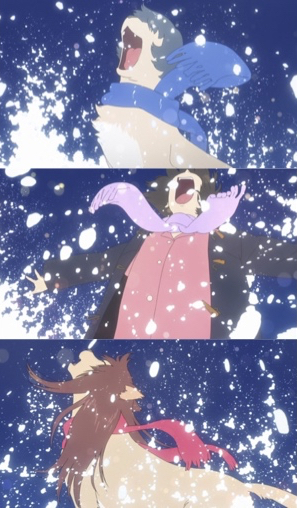
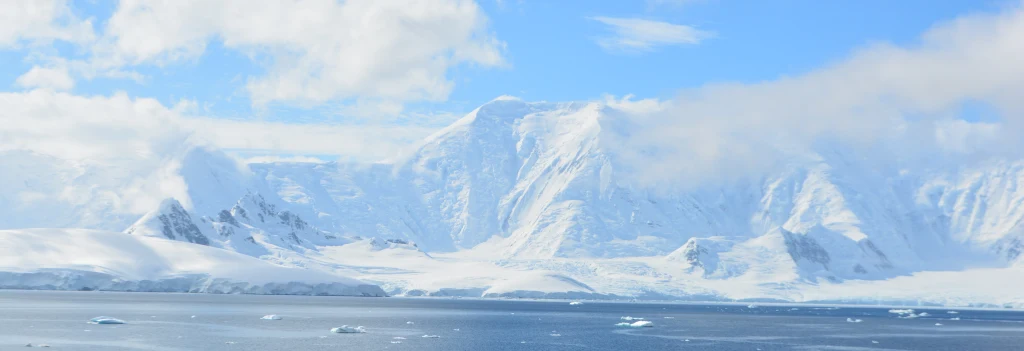
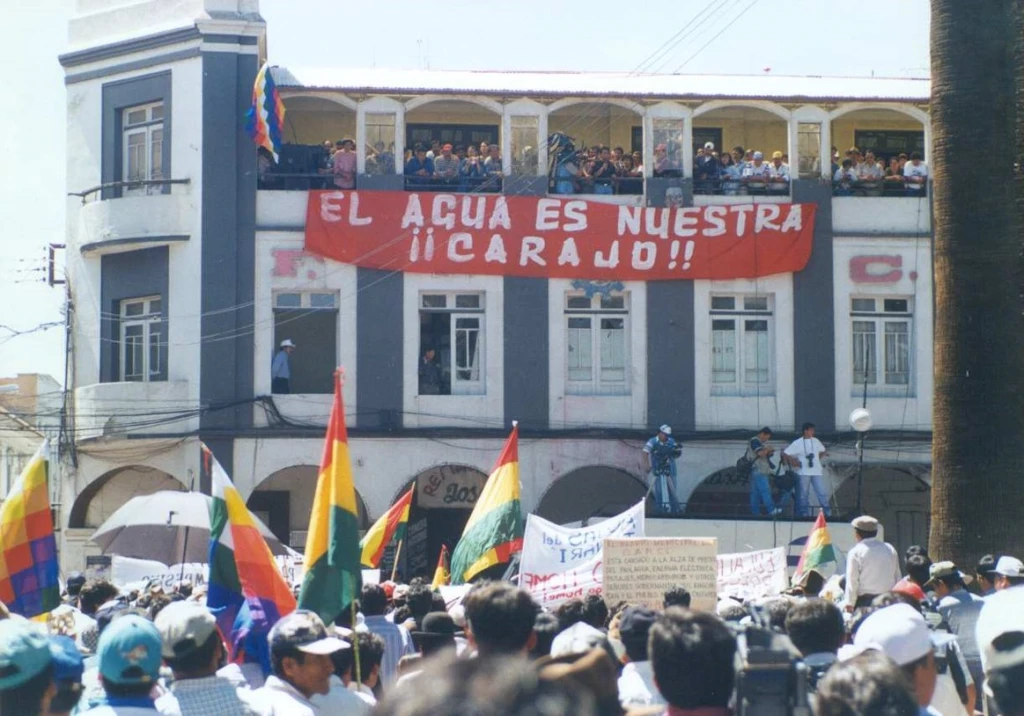
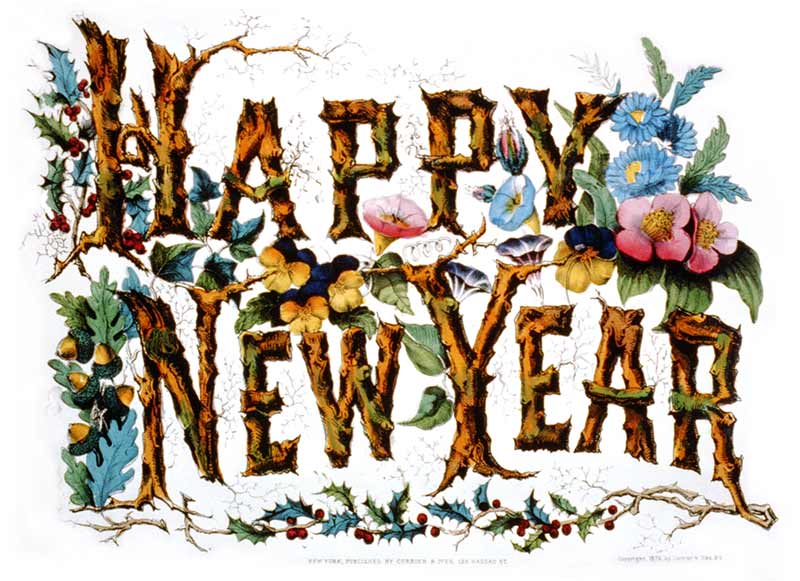
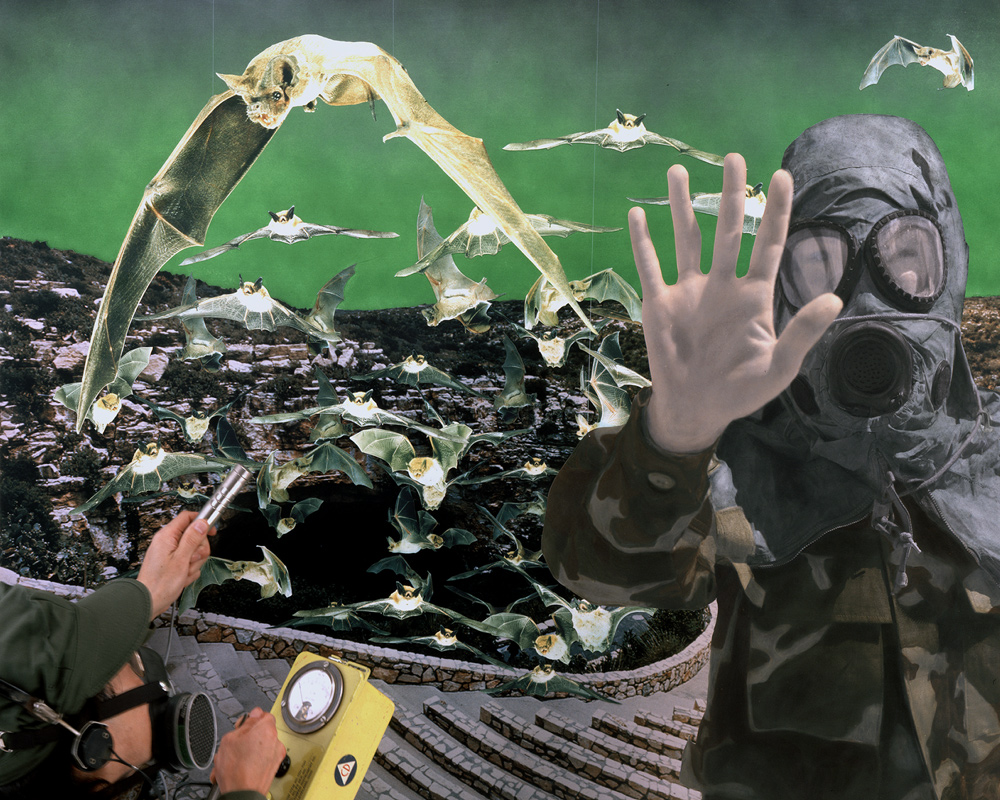
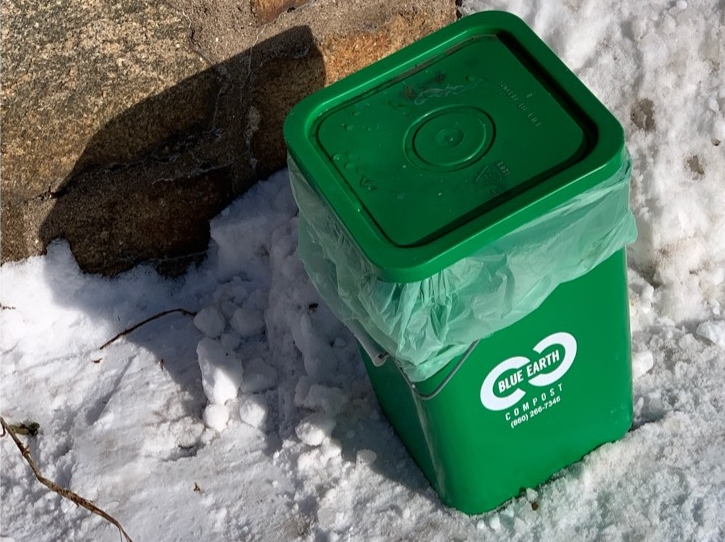
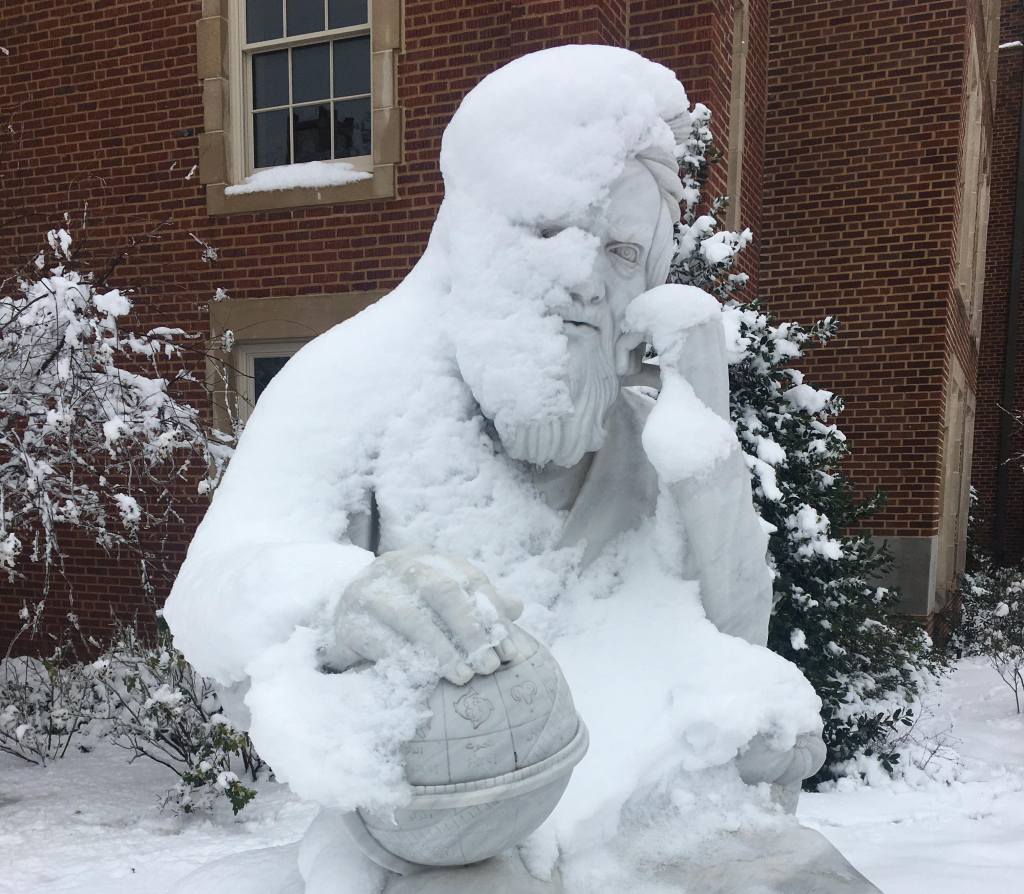
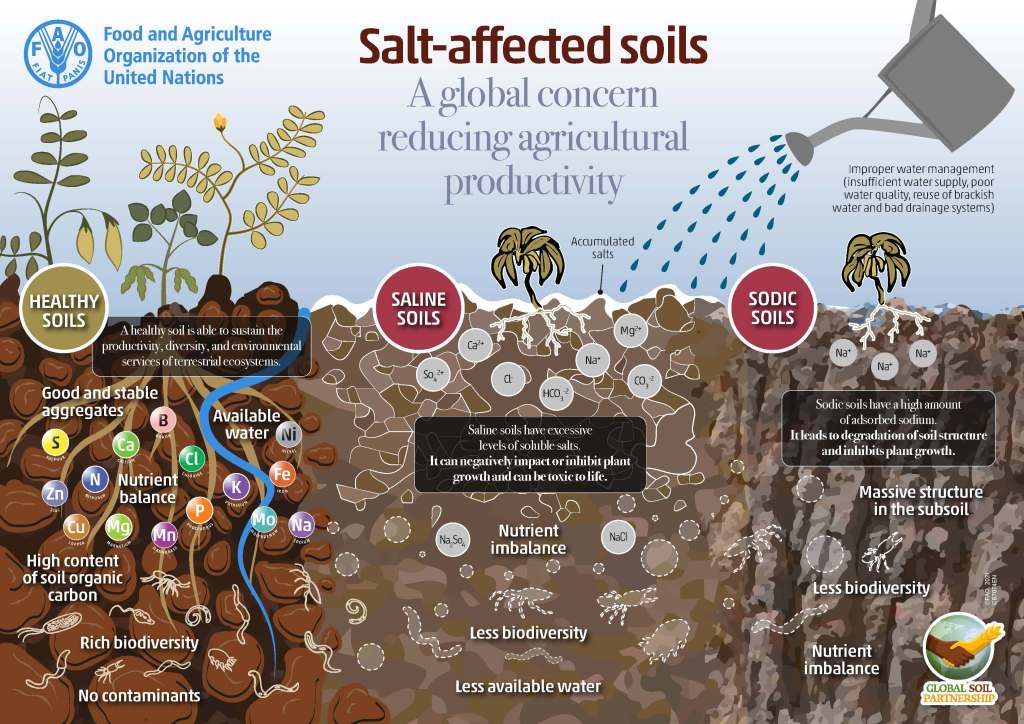
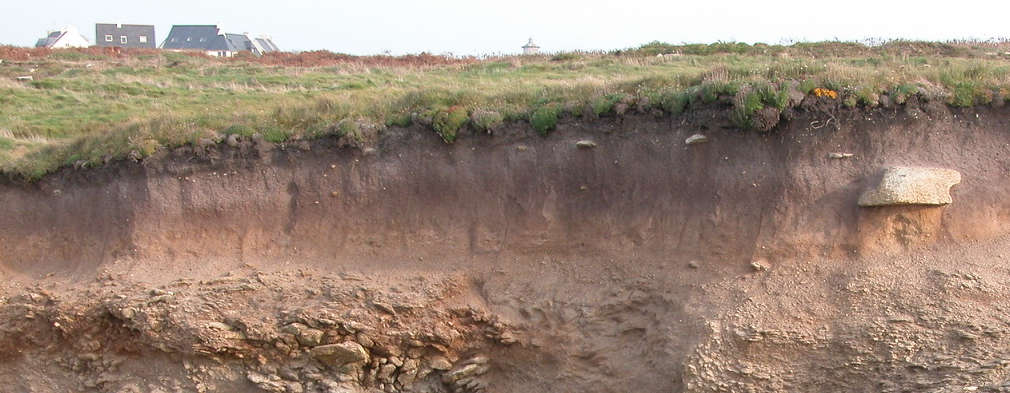
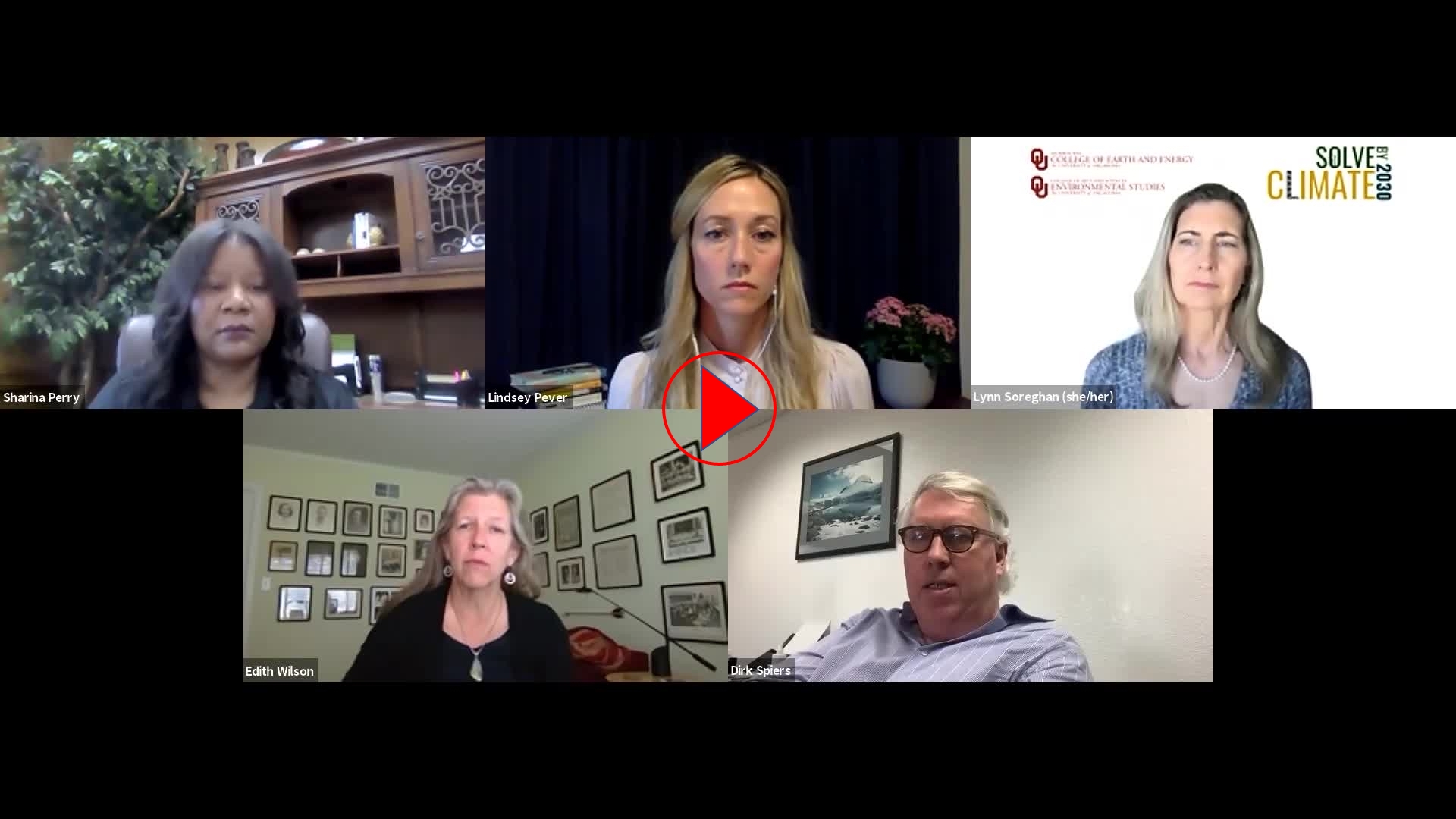


 [This post completes a set of three on pesticides, part of our current series on
[This post completes a set of three on pesticides, part of our current series on 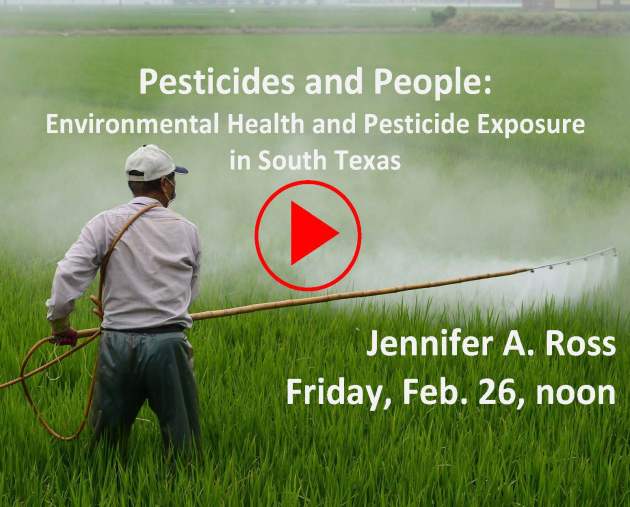

You must be logged in to post a comment.